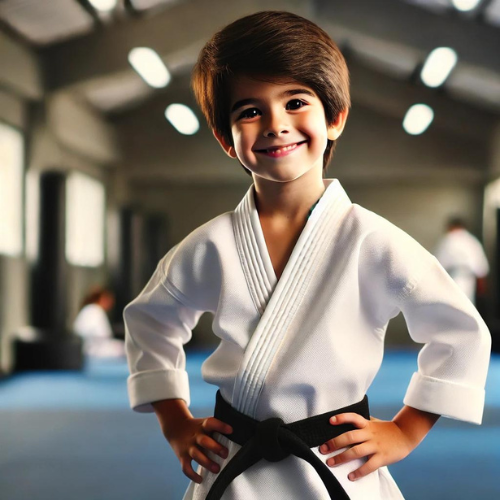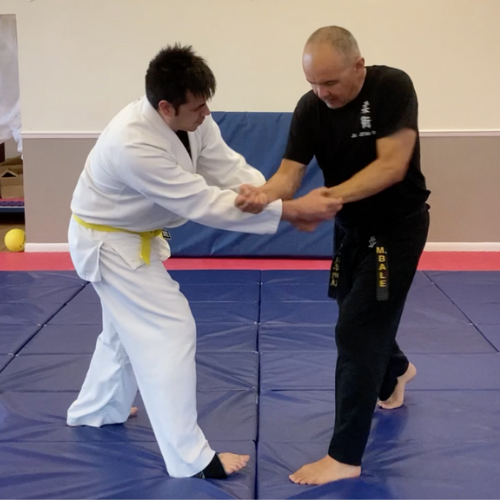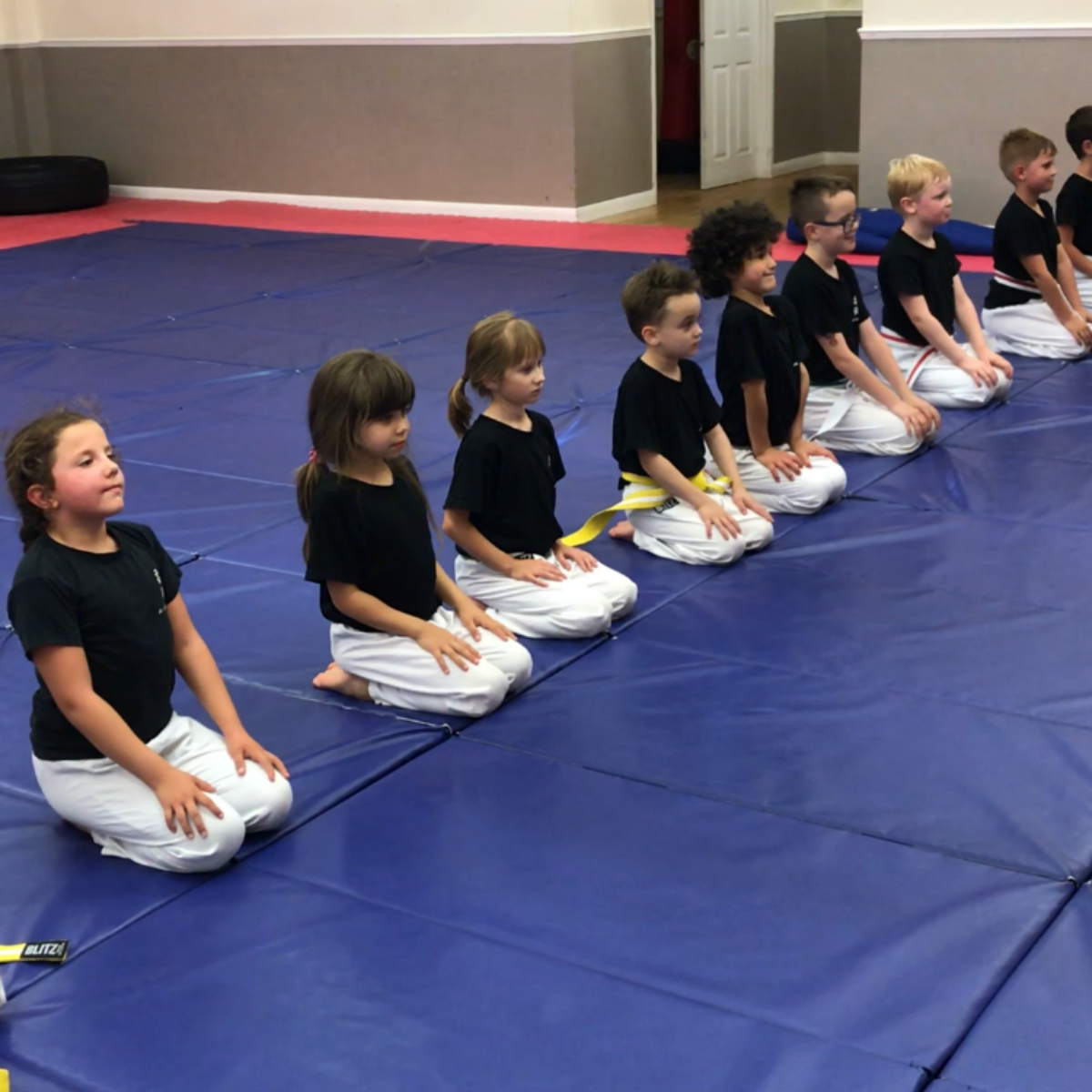What is Ju Jitsu
Ju Jitsu, also known as Jujitsu or Jiu-Jitsu

Ju Jitsu has its roots as a martial art and self-defence system originating from Japan. The term "Ju Jitsu" can be translated as the "gentle art" or "flexible technique," highlighting its emphasis on utilising an opponent's energy and strength to one's advantage.
Ju Jitsu has a rich historical background, evolving as a combat system employed by samurai warriors during feudal Japan. It served as a means of unarmed combat when weapons were impractical or unavailable. Techniques in Ju Jitsu encompass strikes, joint locks, throws, and grappling techniques aimed at neutralising or subduing opponents.
In Ju Jitsu, practitioners learn to leverage an opponent's energy, employing redirection, leverage, and off-balancing techniques to overcome physically stronger adversaries. The art emphasises efficiency and effectiveness of movements, enabling practitioners to defend themselves even against larger or more powerful opponents.
Over time, Ju Jitsu has branched into various styles and variations, each with its own specific techniques and focuses. Some styles emphasize striking and stand-up techniques, while others concentrate on ground fighting, joint locks, or self-defence scenarios.
It's important to recognise that Ju Jitsu extends beyond being solely a sport or competitive martial art, though sportive variations such as Brazilian Jiu-Jitsu (BJJ) have gained global popularity. Traditional Ju Jitsu encompasses self-defence and personal development aspects, emphasising discipline, respect, and humility.
In today's world, Ju Jitsu continues to be practiced and taught worldwide for multiple purposes, including self-defence, physical fitness, character development, and as a competitive martial art. It offers a comprehensive approach to combat and self-defence, equipping practitioners with a versatile skill set applicable to a wide range of situations.
If you would like to find out if Ju Jitsu is right for you Please CONTACT US HERE



